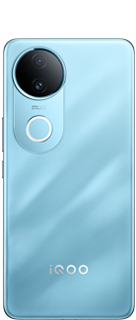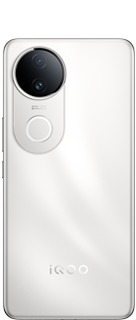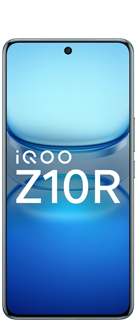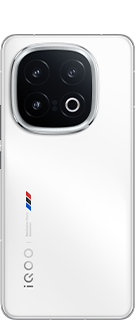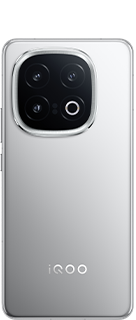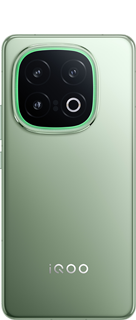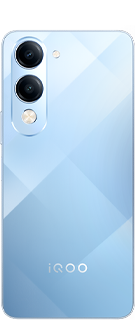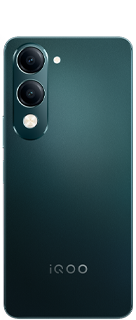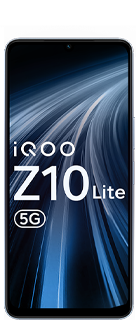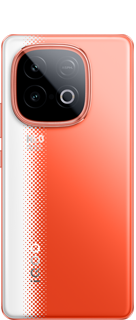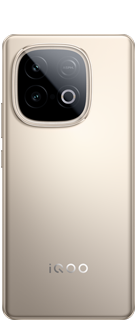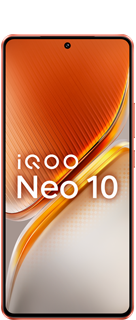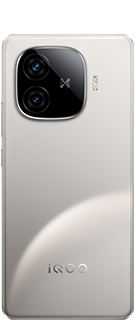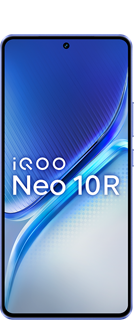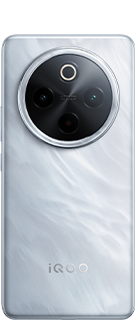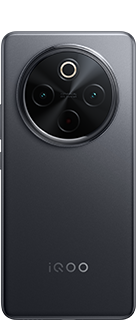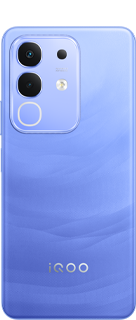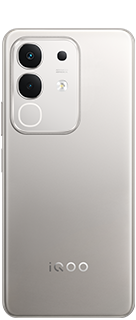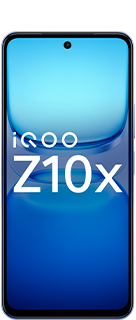Holographic Technology: The Future of Visual Communication
Holographic technology is changing the way we experience visuals. Unlike regular screens, holograms create 3D images that appear to float in the air. This futuristic technology has many applications and could soon become a part of our daily lives. Let’s explore how holography is shaping the future.

1. Holograms in Entertainment
Imagine watching a movie where characters appear right in front of you, or attending a concert where a holographic performer sings live. Holography can make entertainment more immersive and engaging.
2. Virtual Meetings in 3D
With holographic technology, video calls could become more lifelike. Instead of looking at a flat screen, people will appear as 3D projections, making communication feel more natural and realistic.
3. Medical Advancements
Doctors can use holograms to visualize organs and perform surgeries with greater precision. Medical students can also train using 3D holographic models instead of textbooks or cadavers.
4. Education and Learning
Holography can bring history, science, and geography to life. Students can explore 3D models of ancient civilizations, planets, or even the human body, making learning more interactive and fun.
5. Shopping and Product Display
Online shopping could become more realistic with 3D holograms of products. Customers can view items from all angles before making a purchase, improving the shopping experience.
Conclusion
Holographic technology is set to revolutionize multiple industries, from entertainment to healthcare. As the technology improves, we may soon see holograms becoming a common part of our everyday lives, making digital interactions more immersive and engaging.
Happy Questing

Please sign in
Login and share
